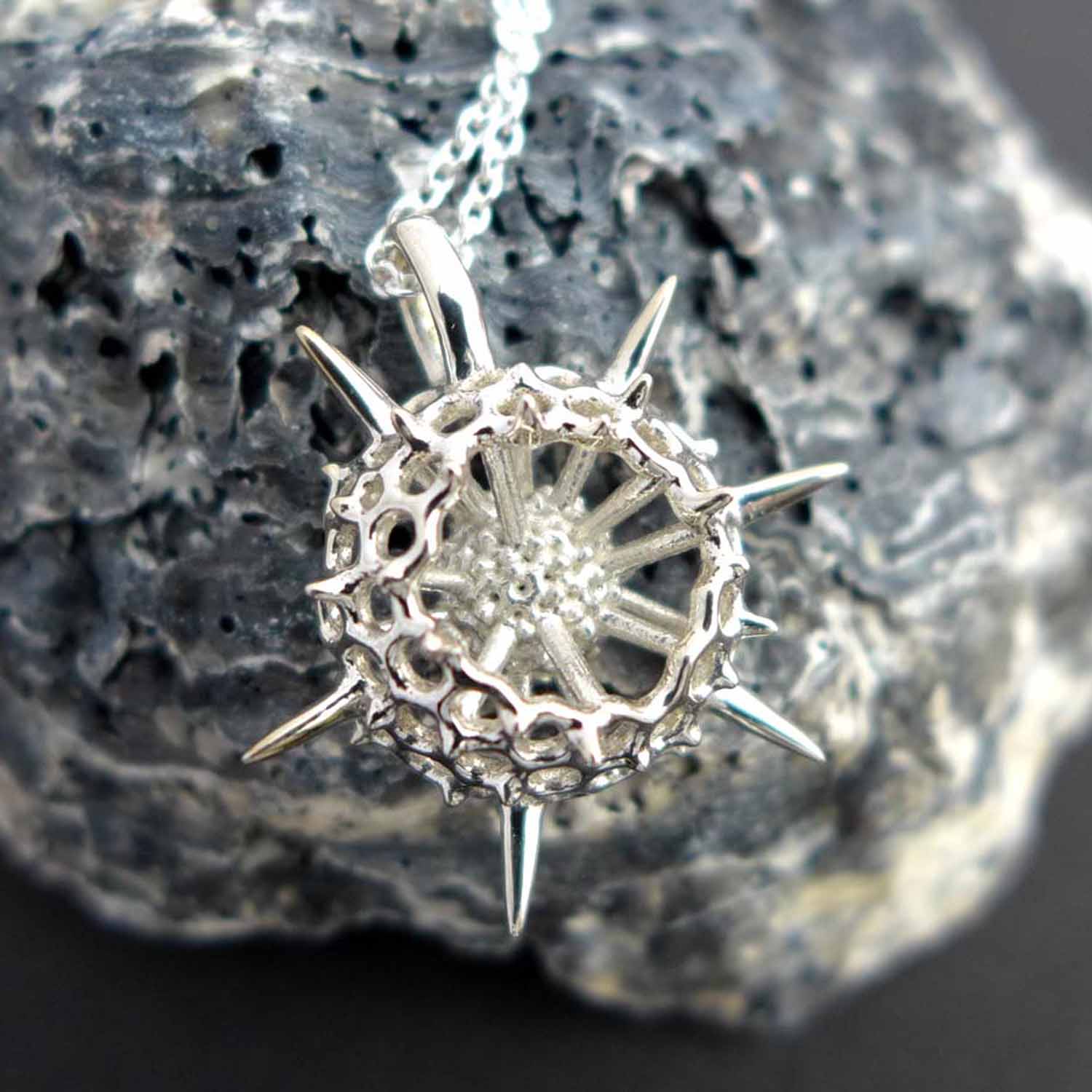Finding oil with forams
Did you know that petroleum companies have micropaleontologists on staff? These scientists are specialists in finding petroleum. Employing a technique called 'biostratigraphy,' they identify microfossils in core samples for the purpose of determing whether certain rock formations are likely to contain crude oil. Among the most common microfossils in these cores are the foraminifera (forams), single celled microbes protected by tough calcium carbonate shells that have remained uncrushed after hundreds of millions of years. Most foram species are benthic and dwell on ocean or river beds. Throughout geologic history, different species have occupied different aquatic environments, for example, the foram species that lived in the deep ocean are different from the ones that lived on coral reefs or river estuaries. Because different foram species occupied different environments, petroleum-containing rock has its own complement of indicator forams that differ from those in rocks that don't contain petroleum. By examining core samples under the microscope, micropaleontologists can determine whether a site is likely to contain crude oil based on the foram fossils they see.

The next time you're filling up your gas tank, I hope you'll take a moment to think about forams and about those micropaleontologists who spent hours peering at rock samples through the microscope.
I have several foram species in my jewelry collection, including the Spiroloculina, Ammonia tepida, Leptohalysis, Peneroplis, Hyalinea (coming soon) and the Globigerina earrings shown in the photo. In addition, I have 3D printed Foraminiferan Ornaments.






Leave a comment